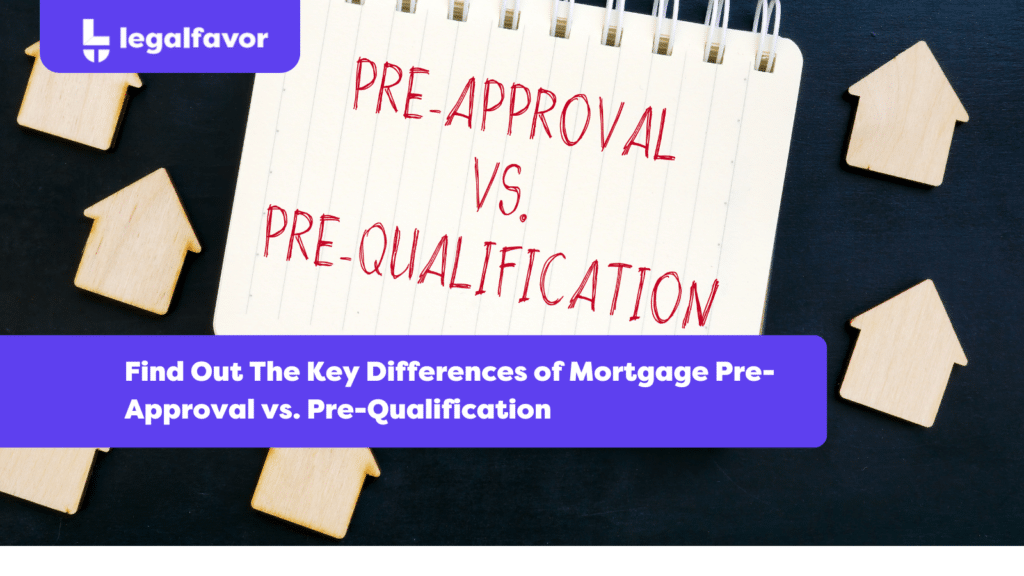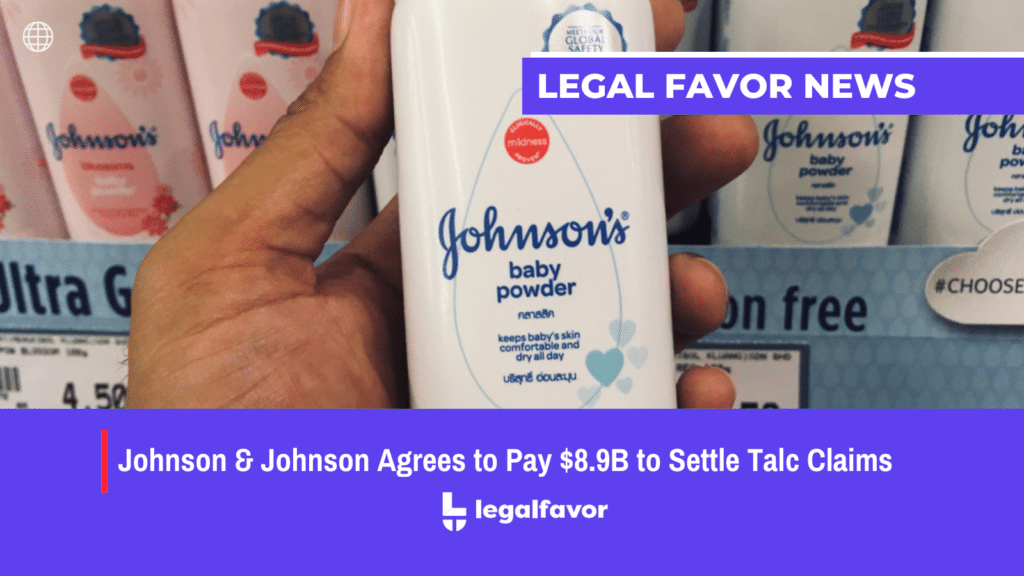The Securities Exchange Act of 1934 gave the SEC broad authority over securities violations investigation in efforts to curb securities fraud. Moreover, Rule 10b-5 provides private citizens, or shareholders, a cause of action against firms or other individuals for securities fraud violations. This rule also gives private citizens a way to recover and collect damages for Rule 10b-5 violations.
What Is SEC Rule 10(b)-5?
SEC Rule 10b-5 or Employment of Manipulative and Deceptive Practices is the primary basis for handling security fraud allegations.
Under Rule 10b-5, it is unlawful for any person or entity:
- To use any device, scheme, or contrivance to defraud a buyer or seller of a security;
- To make false statements of a material fact or omit a material fact necessary for a reasonable investor to decide to buy or sell a security; or
- To employ any action that would defraud or deceive any potential buyer or seller of any security.
What Type Of Violations Against Private Citizens Does SEC Rule 10(b)-5 Cover?
Private citizens have a cause of action under SEC rule 10b-5 for the following violations:
- Fraud in connection with takeovers, public offerings, or the buying or selling of securities.
- Market manipulation
- Insider trading
What Damages Are Available Under SEC Rule 10(b)-5?
There are three main remedies available for any SEC Rule 10b-5 violations.
Compensatory Damages
The main goal of compensatory damages is to compensate the plaintiff for the loss they have incurred due to the defendant’s wrongful act. This concept aims to make the plaintiff whole again. The key here is for the plaintiff to prove that the losses they had suffered are attributable to the defendant’s fraudulent actions.
Compensatory damages would typically cover the actual damages that the plaintiff has acquired from the fraudulent buying or selling of the security.
Compensatory damages cover the following incidents:
- The amount paid by the defrauded plaintiff at the time of purchase and fees associated with the fraudulent transaction;
- The actual value of the plaintiff’s security;
- Any gains or profits that the plaintiff would have made if the defendant did not do the wrongdoing.
Some of the measures for damages classified as compensatory damages include:
- Out-of-Pocket Damages – This measurement refers to the difference between the contract or price paid by the plaintiff on the fraudulent transaction and the actual value at the time and date of the fraudulent sale.
- Cover Measure – This measurement allows the defrauded seller to recover the difference between the payment they have rendered and the highest value of the security within a reasonable time they had discovered the fraud or reasonably should have been discovered.
In application, the plaintiff can collect the difference between the value of the
consideration when they sold the security and the highest value reached by the security
within a reasonable time after the transaction and the amount
- Chasins Measure – This concept provides the plaintiff the difference between the value of the consideration they had paid minus the lowest value reached by the security within a reasonable time after the fraud has been discovered or should have been reasonably discovered.
In a practical application of the Chasin measure, the plaintiff can collect the difference
between what they paid and the lowest value of the security within a reasonable time
they discovered the fraud or should have reasonably found the scam.
Punitive Damages
Punitive damages, otherwise known as exemplary damages, aims to punish the defendant for their wrongdoing and, in theory, hope to deter others from engaging in similar fraudulent conduct.
Some examples of punitive damages are as follows:
- Imposing civil penalties for any profits or gains acquired by the defendant from the fraudulent transaction; or
- Demand that the defendant make additional monetary payment paid to the plaintiff on top of the damages or losses they have directly caused.
The court typically applies this type of damages in cases where the defendant has committed outrageous or malicious conduct. Thus, in theory, this damage aims to set an example for others not to follow.
Recission
Recision basically asks the court to return the defendant and the plaintiff to their respective statuses before the contract.
In theory, the rescission concept aspires to turn back the clock by trying to restore the plaintiff and defendant’s status before the fraudulent act was done.
Either can apply rescission damages:
- The court ruling to void the agreement between the parties; or
- That the plaintiff elect for the defendant to fulfill their part according to the contract.
For the rescission remedy to apply, the plaintiff must file their claim for rescission as soon as they discover the fraud in their transaction with the defendant.





